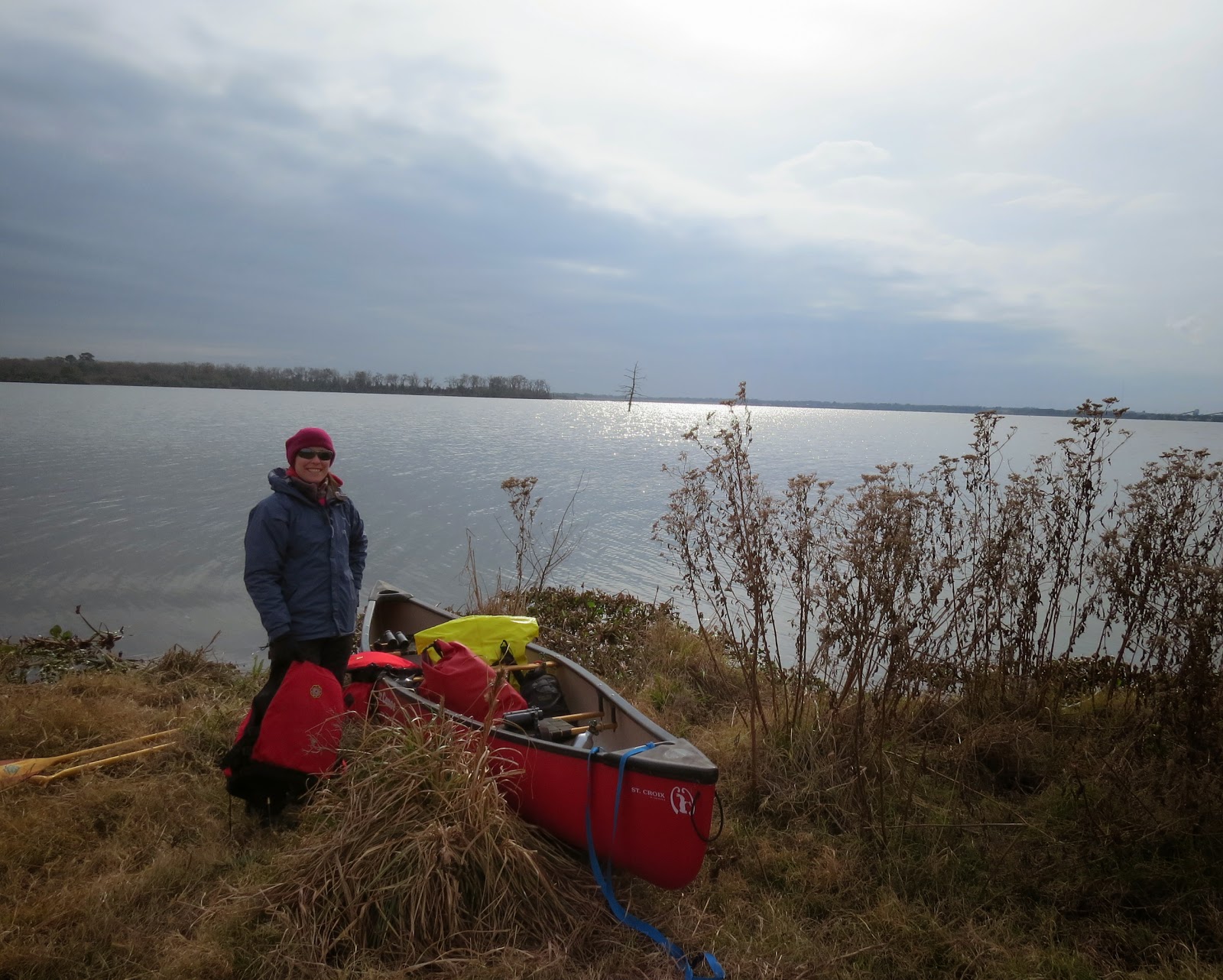Earlier this week I noticed a red-eared slider crawling
across the yard at a pretty brisk pace.
Rick had rescued one from the road a few days before and considering it
was the same size, we assumed it was the same one coming back across the
yard. When it got to where the ground
slopes up to the driveway, it stopped.
It kicked up some leaves for a bit and quieted down. Rick and I named the turtle “Gary” and joked
that if we fed it maybe it would hang around the house for a time. Every once in a while we get a turtle. The people two doors down have a small pond
that usually dries up early in the summer but with the amount of rain this
spring the little depression still had water.
I decided to go out and see what Gary was up to and noticed
that he had dug a shallow pit and lowered himself down into it. Having some suspicions I googled “red-eared
slider” and found a surprisingly similar photo of what I had just seen on the
turtle’s Wikipedia page. It seems that we
needed to come up with a new name for Gary!
We picked "Geraldine."
 |
| Geraldine digging a shallow hole to lay her eggs. |
Red-eared sliders are native to Texas but can be found
globally where they are considered an invasive species. Nesting occurs from April to July so
Geraldine seems to be right on target.
Female red-eared sliders can lay anywhere from 2-30 eggs in a single
clutch. We stayed away from her during
the laying process so we didn’t actually see any eggs. So in 59-112 days (the incubation period)
we’ll have our answer!
The whole process took a little over three hours. Geraldine hurriedly covered the nest site
moving leaves and mud. After, she crawled
away heading back towards the little pond two yards over. Upon inspection, the nest site is remarkable
hidden and well covered. No trace of
disturbed soil remained. Leaves were
pushed over the site and the only way I could tell the location of the nest was
looking for a piece of spinach I had left out earlier (thinking the turtle was
hungry, not getting ready for egg laying!).
 |
| After covering the nest site. Nest is located in the shade behind Geraldine. |
 |
| Leaving the nest site. Nest is located in the shady front left corner of the photo. |
We’ve marked the nest with a ring of small stones so we can
keep track of the location. And on our calendar July 18th is marked as “turtle
birthday”! Actually it could be anywhere
from July 18th to September 19th for the 59-112 day incubation
period. That’s a long time to wait!
 |
| Turtle nest covered with leaves. Right photo shows approximate location with white dashed line. |
Resources:
and included
websites….



